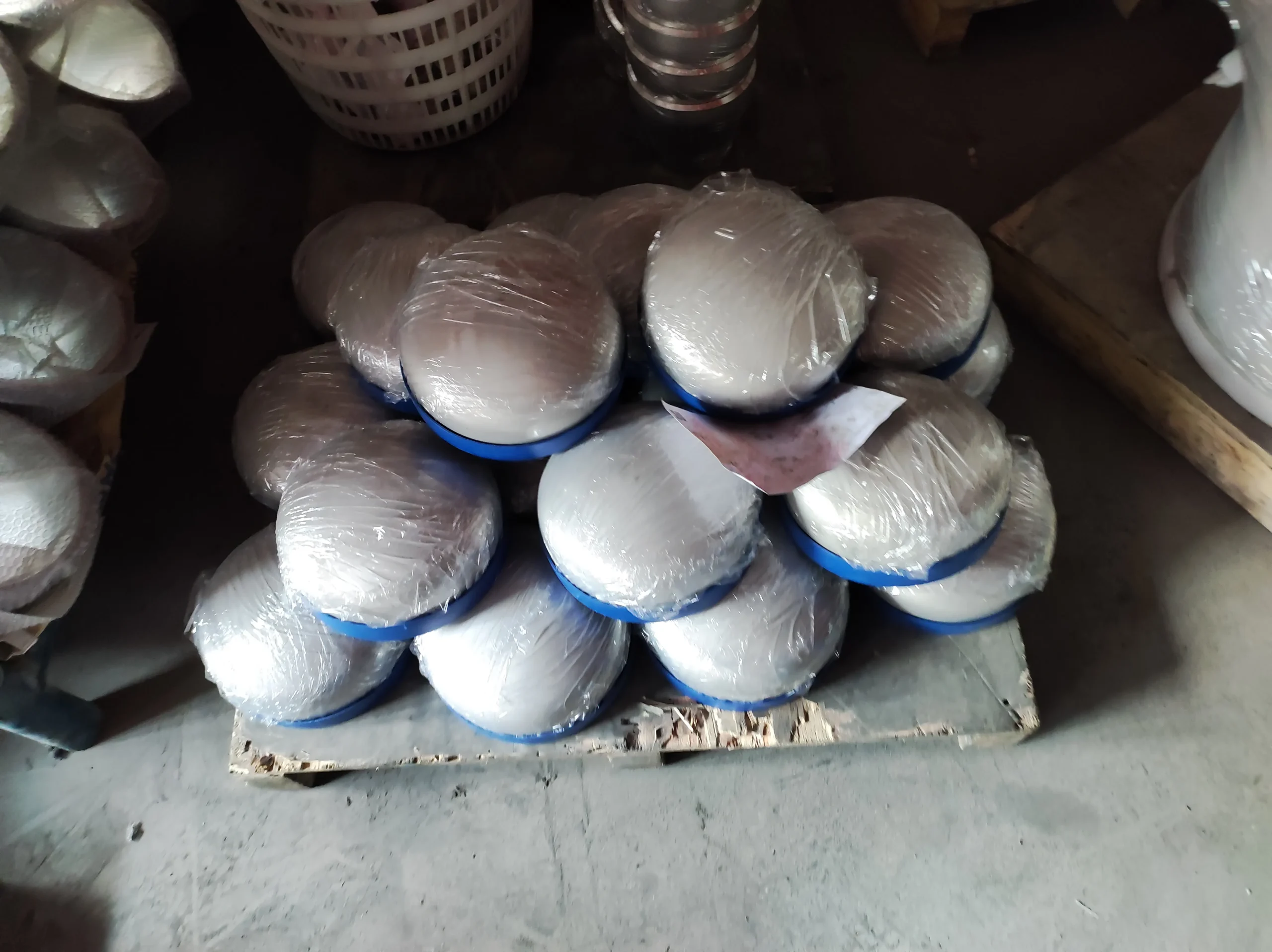Recently, Sherritt released its second-quarter financial report.
The Sherritt stated that with the outbreak of the COVID-19 pandemic in the first quarter, nickel market conditions have improved in the second quarter of 2020, and economic and manufacturing activities in China and Europe have restarted.
The price of nickel on the London Metal Exchange (LME) started at US$5.12/lb from the second quarter and closed at US$5.81/lb on June 30.
Although nickel prices are showing signs of recovery, the levels of nickel stocks on the London Metal Exchange (LME) and Shanghai Futures Exchange (SHFE) are still relatively stable. The total inventory on June 30 totaled approximately 262,000 tons, up from approximately 256,000 tons on April 1. Despite the decrease in stainless steel production in the past few months, the nickel stocks on the London Metal Exchange and Shanghai Futures Exchange have not increased significantly. This is mainly due to the fact that many nickel mines around the world have greatly reduced their production, or due to the spread of the epidemic. Entered the maintenance and maintenance phase.
Given the continued economic uncertainty brought about by the pandemic, nickel prices are expected to fluctuate in the short term. As the mining business resumes production activities, nickel inventory levels may rise because supply may exceed demand, because industries with a large number of stainless steel consumers (such as food and hotel industries) will experience a delay or slowdown in economic recovery.
In view of this uncertainty, many industry experts lowered their forecasts for nickel demand, which reflects the negative sentiment in the market by the end of 2020. Previously, by 2025, nickel demand is expected to increase by about 3% annually to 2.8 million tons. Wood Mackenzie conducts market research. The recovery of demand is expected to resume in 2021.
The production of nickel pig iron has increased substantially, and some industry analysts predict that there will be an oversupply of the nickel market in the short term. This development has put more pressure on producers of low-grade materials (such as ferronickel), and the discounted price of ferronickel is currently high. In the long run, with the popularization of electric vehicles, the demand for nickel is expected to increase, because nickel and cobalt are key metals required for the manufacture of various energy storage batteries. As the current market price is lower than the incentive level required to develop new nickel projects, a shortage of nickel is expected in the next few years.
In terms of nickel production, the Moa joint venture produced 4,147 tons of finished nickel this quarter, an increase of 4% from 3,969 tons in the second quarter of 2019, and sales of 4,169 tons, an increase of 2% year-on-year.
Posted by stainless steel pipe fittings supplier, KAYSUNS




